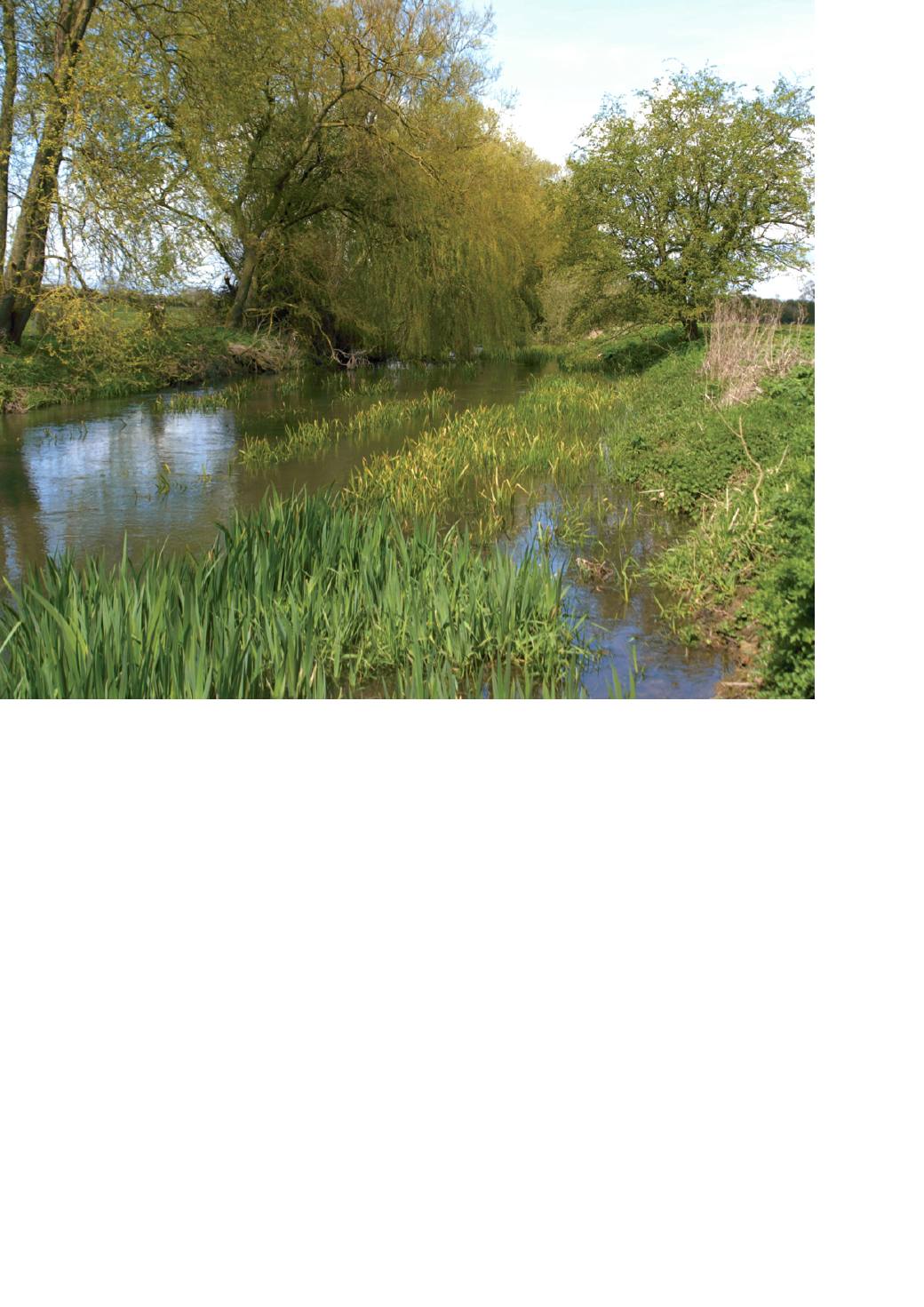
8
WWT Report and Financial Statements 2012/13
In the wider landscape and across the UK
At Steart, WWT assessed the ecosystem service value
of the planned wetland habitats relative to the current
landscape. This study estimated additional net benefits
of between £491,155 and £913,752 per year. The
study also highlighted information gaps on specific
ecosystem services. This will guide future research to
help fill national and global gaps in our understanding of
wetland benefits and their value.
In North London’s Pymmes Brook catchment WWT
is working with 10 schools to demonstrate how
Sustainable Drainage Systems (SuDS) use wetlands and
natural processes to help prevent flooding, create wildlife
habitat and trap pollutants before they reach the river.
Working with teachers and students, plans have been
developed at all 10 schools and systems built at four of
these. Educational materials and detailed lesson plans
are under development to ensure the systems become a
lasting and valued educational resource.
In the Swilgate River catchment WWT is demonstrating
the role wetlands can play in a rural landscape. Farm
wetlands can help slow runoff flow from farm buildings
and stop pollutants from reaching sensitive habitats
downstream. These wetlands also create habitat for
wildlife, including pollinating insects, which can benefit
farmers. Following farm visits across the catchment, two
were identified as sites for the demonstration of practical
solutions to the agricultural pollution issues affecting the
Swilgate. Detailed farm plans were produced and priority
actions, including the construction of farm wetlands,
implemented.
To support the wider use of wetland solutions WWT
has published clear, detailed guidance documents
to help people create SuDS and farm wetlands that
maximise their value for wildlife and people. The SuDs
guidance was launched at a well attended event at
Portcullis House, Westminster. The next step in this
work will be to develop ways to promote and implement
this guidance material, such as through training
programmes.
We continued our partnership with government agencies
to coordinate swan and goose monitoring in the UK.
Species of concern highlighted from the most recent
year reported (2011/12) included: an estimated
246,725 pink-footed geese, a low count that probably
reflects a degree of true decline and undercount; and
the lowest census total since 1986 for Greenland white-
fronted geese, totalling just over 22,000.
Photo: river swilgate, © WWT Consulting


